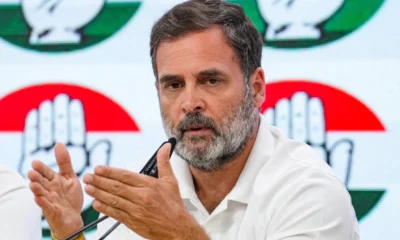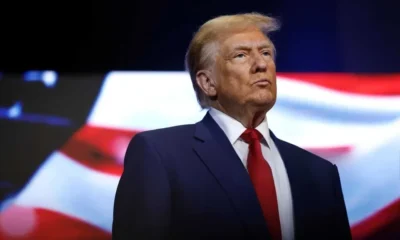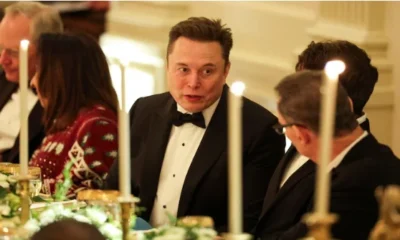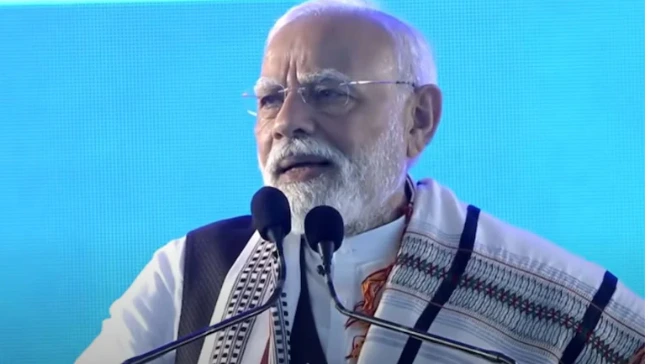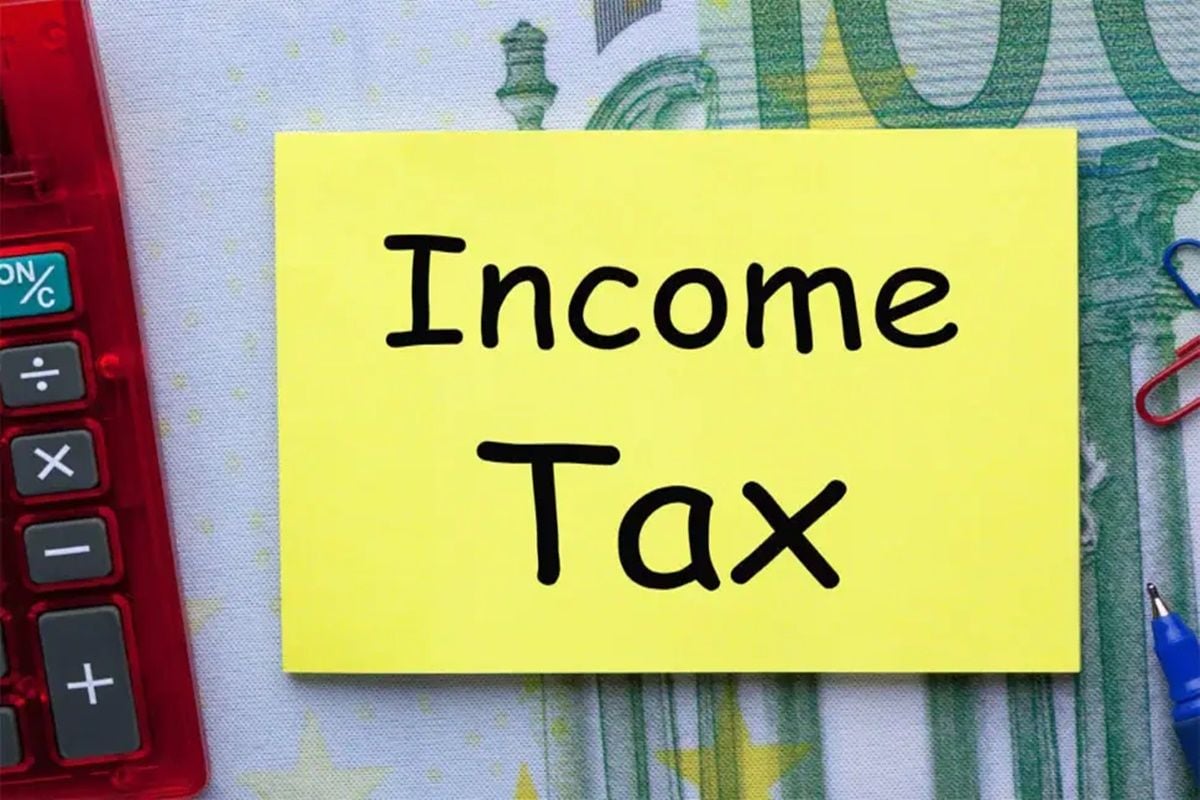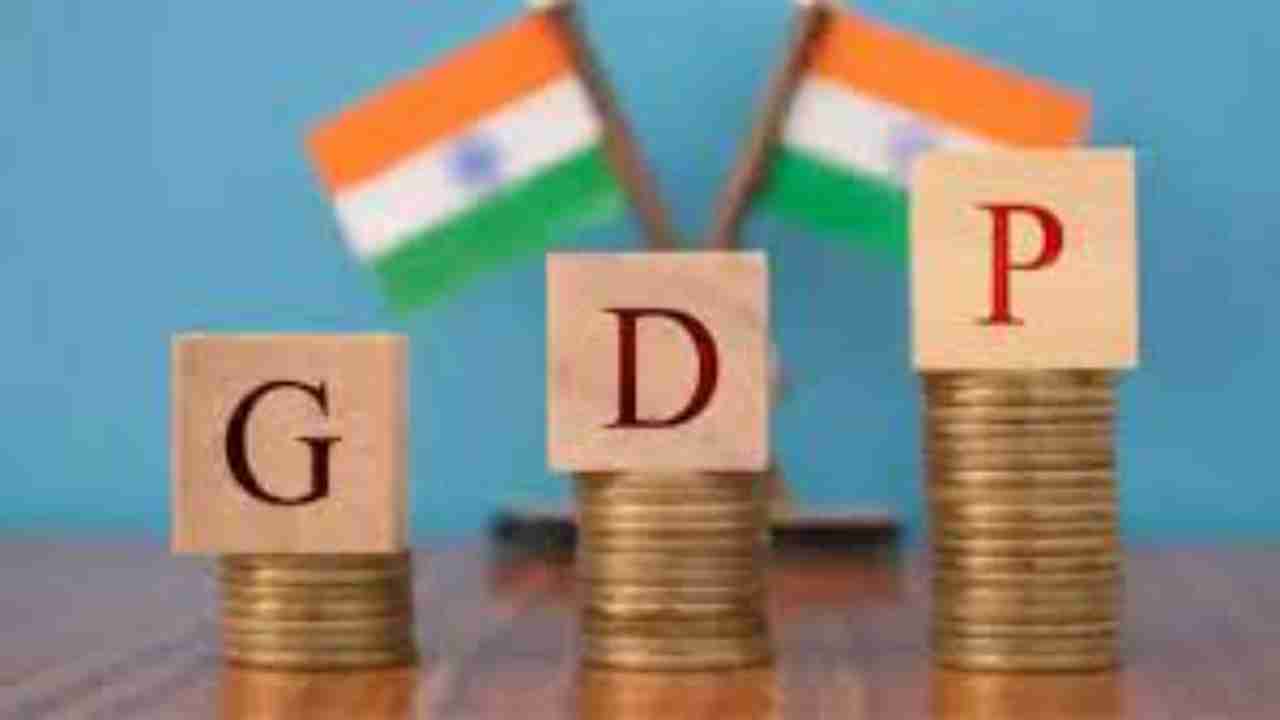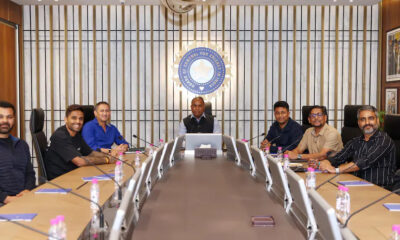[vc_row][vc_column][vc_column_text]At the inaugural session of the Global Entrepreneurship Summit 2017, Modi also showcased his government’s achievements, took credit for Aadhaar
As he kicked off the eighth edition of the Global Entrepreneurship Summit in Hyderabad on Tuesday, Prime Minister Narendra Modi hailed India’s women achievers even as he sought spent a majority of his speech-time showcasing schemes and projects brought by his government while also, fleetingly, taking credit for the UPA-era Aadhaar project.[/vc_column_text][vc_raw_html]JTNDYmxvY2txdW90ZSUyMGNsYXNzJTNEJTIydHdpdHRlci10d2VldCUyMiUyMGRhdGEtbGFuZyUzRCUyMmVuJTIyJTNFJTNDcCUyMGxhbmclM0QlMjJlbiUyMiUyMGRpciUzRCUyMmx0ciUyMiUzRVdBVENIJTNBJTIwUE0lMjBNb2RpJTIwc3BlYWtpbmclMjBhdCUyMHRoZSUyMEdsb2JhbCUyMGVudHJlcHJlbmV1cnNoaXAlMjBzdW1taXQlMjBpbiUyMEh5ZGVyYWJhZCUyMCUzQ2ElMjBocmVmJTNEJTIyaHR0cHMlM0ElMkYlMkZ0LmNvJTJGRWNiMEJvVzN6bSUyMiUzRWh0dHBzJTNBJTJGJTJGdC5jbyUyRkVjYjBCb1czem0lM0MlMkZhJTNFJTNDJTJGcCUzRSUyNm1kYXNoJTNCJTIwQU5JJTIwJTI4JTQwQU5JJTI5JTIwJTNDYSUyMGhyZWYlM0QlMjJodHRwcyUzQSUyRiUyRnR3aXR0ZXIuY29tJTJGQU5JJTJGc3RhdHVzJTJGOTM1NDgzMDA4NzE4NTk0MDQ5JTNGcmVmX3NyYyUzRHR3c3JjJTI1NUV0ZnclMjIlM0VOb3ZlbWJlciUyMDI4JTJDJTIwMjAxNyUzQyUyRmElM0UlM0MlMkZibG9ja3F1b3RlJTNFJTBBJTNDc2NyaXB0JTIwYXN5bmMlMjBzcmMlM0QlMjJodHRwcyUzQSUyRiUyRnBsYXRmb3JtLnR3aXR0ZXIuY29tJTJGd2lkZ2V0cy5qcyUyMiUyMGNoYXJzZXQlM0QlMjJ1dGYtOCUyMiUzRSUzQyUyRnNjcmlwdCUzRQ==[/vc_raw_html][vc_column_text]Below are excerpts from Prime Minister Narendra Modi’s address at the GES, 2017 which also had in attendance a high-powered US delegation led by US President Donald Trump’s daughter and senior adviser Ivanka Trump.
On GES 2017
– The Summit is being held in South Asia for the first time. It brings together leading investors, entrepreneurs, academicians, think-tanks and other stakeholders to propel the global entrepreneurship ecosystem. This event not only connects the Silicon Valley with Hyderabad but also show-cases the close ties between the United States of America and India. It underlines our shared commitment towards encouraging entrepreneurship and innovation.
– The theme “Women First, Prosperity for All” makes this edition of GES stand out. In Indian mythology, woman is an incarnation of Shakti – the Goddess of power. We believe women empowerment is vital to our development.
On women achievers of India, from the distant past to the present
– Our history has references to women of remarkable talent and determination. Gargi, an ancient philosopher, around the seventh century BC, challenged a male sage to a philosophical discourse – something unheard of in those times. Our warrior queens like Rani Ahilyabai Holkar and Rani Lakshmibai fought bravely to defend their kingdoms. Our freedom struggle too is replete with such inspirational instances.
– Indian women continue to lead in different walks of life. Our space programmes, including the Mars Orbiter Mission, have had immense contribution from our women scientists. Kalpana Chawla and Sunita Williams, both of Indian origin, have been part of US space missions.
– Three out of four oldest High Courts in India are now headed by women judges. Our sportswomen have done the country proud. This very city of Hyderabad is home to Saina Nehwal, PV Sindhu, and Sania Mirza, who have brought laurels to India.
– More than sixty percent of workers in our agriculture and allied sectors are women. Our milk co-operatives in Gujarat and the Shri Mahila Griha Udyog Lijjat Papad, are examples of highly successful and globally acclaimed women-led co-operative movements.
India an incubator for innovations since ages
– India has been an incubator for innovations and entrepreneurship over the ages. The ancient Indian treatise, Charaka Samhita, introduced the world to Ayurveda. Yoga is another ancient Indian innovation. The entire world now comes together, to celebrate Yoga Day on 21st June every year. Many entrepreneurs are involved in promoting Yoga, spirituality, and traditional Ayurvedic products.
– The digital world we live in today is based on the binary system. The invention of zero, foundation of this binary system happened with Aryabhatta’s work in India. Similarly, many nuances of modern day economic policy, taxation system, and public finance policies are outlined in our ancient treatise Arthashastra by Kautilya.
– Ancient India’s expertise in metallurgy is also well known. Our many ports and harbours and the world’s oldest dockyard at Lothal bear evidence to vibrant trade linkages. The tales of Indian voyagers travelling to foreign lands reflect the entrepreneurial character and spirit of our forefathers.
On his government’s achievements
– The number of smartphone users in India is projected to grow to over 500 million by 2018. This offers immense potential for the growth of any venture, in terms of outreach and job creation.
– Our Start-Up India programme is a comprehensive action plan to foster entrepreneurship and promote innovation. It aims to minimize the regulatory burden and provide support to startups. Over 1200 redundant laws have been scrapped, 87 rules for FDI have been eased in 21 sectors, and several government processes have been taken online.
– Our government has taken several steps to improve the business environment. The jump in India’s ranking in the World Bank’s Ease of Doing Business Report, from 142 to 100, in three years, is a result of this… The process is not yet complete. This is an area where we are not satisfied with 100th rank. We would strive towards 50th rank.
– We have launched the MUDRA scheme to provide easy finance of upto one million rupees to entrepreneurs. Since its launch in 2015, over 90 million loans worth 4.28 trillion rupees have been sanctioned. Of these, more than 70 million loans have been sanctioned to women entrepreneurs.
– My government has launched the “Atal Innovation Mission”. We are opening Tinkering Labs in more than 900 schools to promote a culture of innovation and entrepreneurship among children. Our “Mentor India” initiative engages leaders to guide and mentor students through these tinkering labs. In addition, 19 incubation centers have been created in various universities and research institutions. These will nurture innovative start-up businesses to become scalable and sustainable.
– We have created Aadhaar – the world’s largest biometric based digital database. This currently covers over 1.15 billion people and digitally authenticates over 40 million transactions daily. We now digitally provide monetary benefits of various government schemes to the beneficiaries through Direct Benefit Transfer using Aadhaar.
– Almost 300 million bank accounts with deposits of over 685 billion rupees, or over 10 billion dollars, have been opened through the Jan Dhan Yojana. These bring previously un-banked sections of society into the formal financial system. Of these, 53 per cent accounts are of women.
– We are steadily working towards a less cash economy and have launched a Unified Payment Interface App called BHIM. In less than a year, this platform is processing almost 280 thousand transactions daily.
– Having almost completed our programme to connect all villages with electricity, we have launched the Saubhagya scheme. This will provide electricity connections to all families by December 2018. We have launched a programme to provide high-speed broad-band internet to all rural areas by March 2019.
– Under our clean energy programme, in just 3 years, we have doubled the renewables capacity from 30 thousand Megawatts to about 60 thousand Megawatts. Solar energy generation has increased over 80 percent in the last year. We are working on developing a national gas grid. A comprehensive national energy policy is also in the pipeline.
– Our Swachh Bharat Mission to improve sanitation and cleanliness, and the rural and urban housing missions underline our commitment towards dignity of life.
– A historic overhaul of the taxation system has been recently undertaken, bringing in the Goods and Services Tax across the country. Our Insolvency and Bankruptcy Code introduced in 2016 is a step towards ensuring timely resolution for stressed ventures. We have recently improved this further; preventing willful defaulters from bidding for stressed assets.
And the predictable pat on the back
– Our efforts have been recognized by Moody’s recent upgrade of India’s government bond ratings. This upgrade comes after a gap of almost 14 years.
– India has improved its rank from 54 in 2014 to 35 in 2016 on the World Bank’s Logistics Performance Index. This signifies the relative ease and efficiency with which products can be moved into and from a country.[/vc_column_text][/vc_column][/vc_row]






